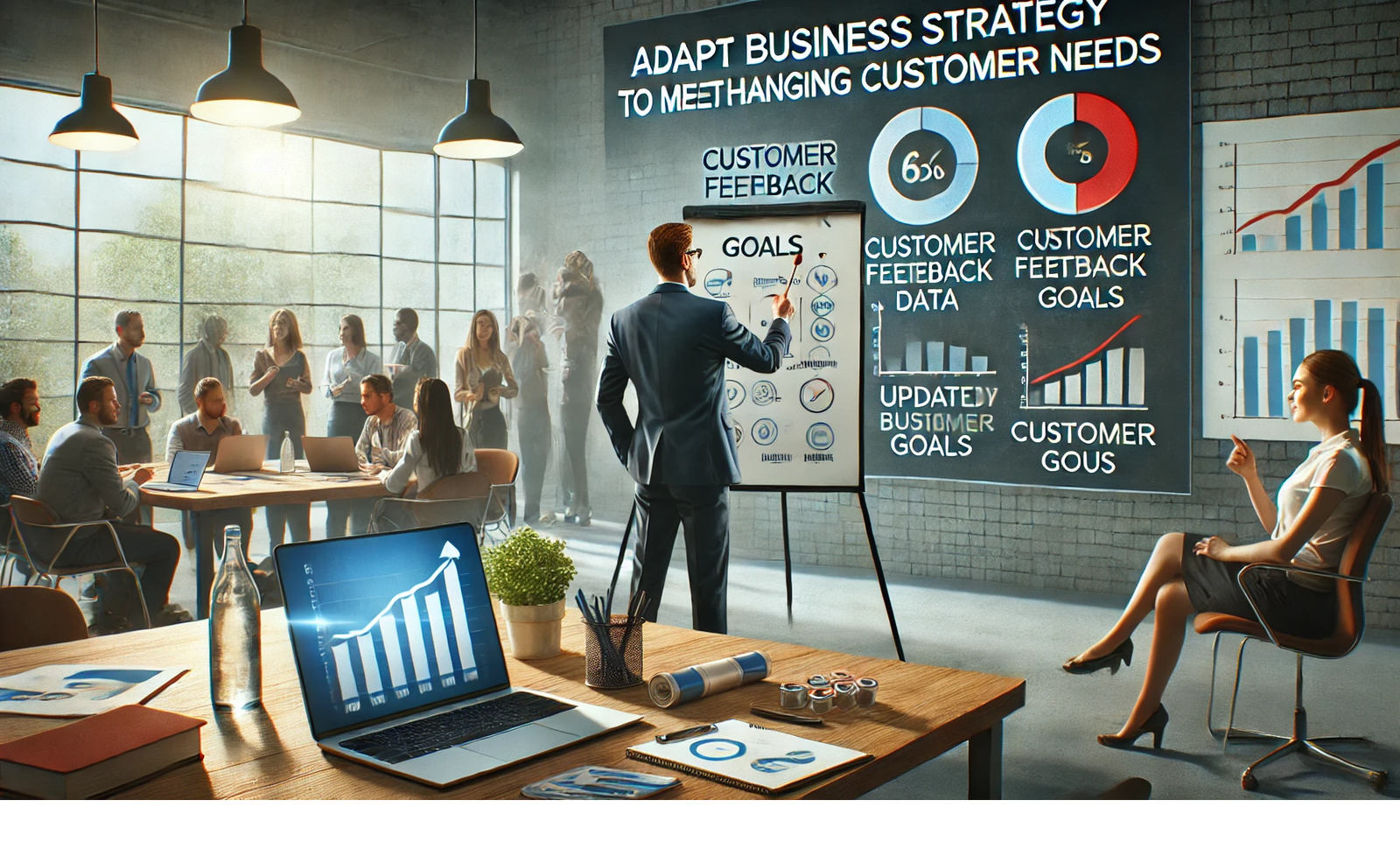Customer needs are constantly evolving, influenced by trends, technology, and economic factors. Adapting your business strategy to meet these changing demands ensures you remain competitive, relevant, and customer-focused. This guide explores how to monitor customer preferences and adjust your approach effectively.
Why Adapting to Customer Needs Matters
Adapting to customer needs:
- Enhances Loyalty: Satisfied customers are more likely to return and recommend your business.
- Drives Innovation: Encourages you to refine or expand your offerings.
- Increases Revenue: Meeting demand leads to higher sales and customer retention.
- Future-Proofs Your Business: Keeps you relevant in a competitive and dynamic market.
Understanding and responding to customer needs is key to long-term success.
Monitor Customer Preferences
Regularly gather insights to stay informed about what your customers want.
How to monitor preferences:
- Conduct surveys to ask customers directly about their needs.
- Use analytics tools to track purchase patterns and website behavior.
- Monitor social media for trends, comments, and feedback.
- Collect data from customer service interactions to identify common questions or complaints.
Understanding customer behavior helps you anticipate their needs and tailor your strategies.
Stay Updated on Industry Trends
Trends in your industry often influence customer expectations.
How to stay updated:
- Follow industry blogs, reports, and influencers for insights.
- Attend trade shows, webinars, or networking events.
- Keep an eye on competitors’ innovations and customer responses.
Aligning with trends ensures your offerings remain relevant and appealing.
Evaluate Your Current Strategy
Assess whether your current business strategy aligns with customer needs.
How to evaluate effectively:
- Analyze sales data to identify high-performing and underperforming products.
- Review customer feedback for suggestions or recurring concerns.
- Assess your marketing strategies to see if they resonate with your audience.
Identifying gaps in your strategy highlights areas for improvement.
Refine Your Offerings
Adapting your products or services to better meet customer needs is essential.
How to refine offerings:
- Introduce new features or options based on customer requests.
- Discontinue products that no longer align with customer demand.
- Test new ideas with a small audience before scaling.
Iterative improvements keep your offerings fresh and competitive.
Personalize the Customer Experience
Personalization enhances customer satisfaction and loyalty.
How to personalize effectively:
- Use customer data to recommend products or services tailored to their preferences.
- Create targeted marketing campaigns based on demographics or behavior.
- Offer flexible options, such as customizable products or payment plans.
A personalized approach makes customers feel valued and understood.
Invest in Technology
Technology can help you adapt more efficiently and effectively.
How to leverage technology:
- Use customer relationship management (CRM) software to track interactions and preferences.
- Automate processes like email campaigns or inventory management.
- Implement AI tools to analyze data and predict trends.
Technology streamlines your operations and enhances your ability to meet customer needs.
Communicate Changes Transparently
When making changes to your strategy or offerings, keep your customers informed.
How to communicate effectively:
- Announce updates through email newsletters or social media posts.
- Explain how changes benefit your customers and align with their feedback.
- Provide opportunities for customers to share their opinions on the changes.
Transparent communication builds trust and reinforces your commitment to meeting their needs.
Measure the Impact
Evaluate the success of your adaptations to ensure they meet your goals.
What to measure:
- Customer satisfaction through surveys or reviews.
- Sales performance and revenue growth.
- Engagement metrics, such as click-through rates or social media interactions.
Regular assessments allow you to refine your approach further.
Foster a Culture of Adaptability
Encourage your team to embrace change and prioritize customer needs.
How to build adaptability:
- Provide training on customer-centric practices and tools.
- Involve employees in brainstorming sessions for innovative solutions.
- Recognize and reward efforts to improve the customer experience.
A flexible and proactive team ensures your business can adapt quickly and effectively.
Final Thoughts
Adapting your business strategy to changing customer needs is essential for staying competitive and relevant. By monitoring preferences, refining offerings, and leveraging technology, you can create a customer-focused approach that drives long-term success.
Start implementing these strategies today to stay ahead of evolving demands and strengthen your business.

